Adoption of Cloud-Based Solutions
The adoption of cloud-based solutions is reshaping the Healthcare Middleware Market. As healthcare organizations increasingly migrate to cloud environments, the demand for middleware that can seamlessly integrate cloud applications with on-premises systems is growing. Cloud-based middleware offers scalability, flexibility, and cost-effectiveness, making it an attractive option for healthcare providers. Recent data suggests that the cloud computing market in healthcare is expected to reach USD 64 billion by 2025, indicating a substantial opportunity for middleware providers. This trend reflects a broader shift towards digital transformation in healthcare, where organizations leverage cloud technologies to enhance operational efficiency and improve patient care. Consequently, the Healthcare Middleware Market is poised for significant growth as cloud adoption accelerates.
Emphasis on Interoperability Standards
Interoperability remains a critical focus within the Healthcare Middleware Market. As healthcare organizations strive to improve care coordination and patient outcomes, the ability to share data across different systems is essential. Regulatory bodies and industry stakeholders are advocating for standardized interoperability frameworks, which facilitate the exchange of health information. The implementation of these standards is expected to enhance the functionality of middleware solutions, making them more attractive to healthcare providers. Furthermore, the push for interoperability is likely to drive investments in middleware technologies, as organizations seek to comply with evolving regulations and improve their data-sharing capabilities. This trend indicates a robust future for the Healthcare Middleware Market, as interoperability becomes a cornerstone of modern healthcare.
Increased Focus on Patient-Centric Care
The shift towards patient-centric care is significantly influencing the Healthcare Middleware Market. Healthcare providers are increasingly recognizing the importance of engaging patients in their own care processes. Middleware solutions play a vital role in this transformation by enabling the integration of patient data from various sources, including electronic health records and wearable devices. This integration allows for personalized treatment plans and improved patient engagement. As healthcare organizations prioritize patient outcomes, the demand for middleware solutions that support these initiatives is expected to rise. This trend is likely to contribute to the overall growth of the Healthcare Middleware Market, as providers seek to enhance the patient experience through technology.
Regulatory Compliance and Data Security Needs
Regulatory compliance and data security are paramount concerns within the Healthcare Middleware Market. As healthcare organizations handle sensitive patient information, the need for robust middleware solutions that ensure compliance with regulations such as HIPAA and GDPR is critical. Middleware can facilitate secure data exchange and help organizations maintain compliance with evolving regulatory requirements. The increasing frequency of data breaches in the healthcare sector further underscores the importance of investing in secure middleware solutions. Organizations are likely to prioritize middleware that offers advanced security features, thereby driving growth in the Healthcare Middleware Market. This focus on compliance and security is expected to shape the future landscape of healthcare technology.
Rising Demand for Efficient Healthcare Solutions
The Healthcare Middleware Market is experiencing a surge in demand for efficient healthcare solutions. As healthcare systems evolve, the need for seamless integration of various applications and data sources becomes paramount. Middleware solutions facilitate this integration, enabling healthcare providers to streamline operations and enhance patient care. According to recent estimates, the healthcare middleware market is projected to grow at a compound annual growth rate of approximately 12% over the next few years. This growth is driven by the increasing complexity of healthcare IT environments and the necessity for real-time data exchange among disparate systems. Consequently, organizations are investing in middleware solutions to improve operational efficiency and patient outcomes, thereby propelling the Healthcare Middleware Market forward.


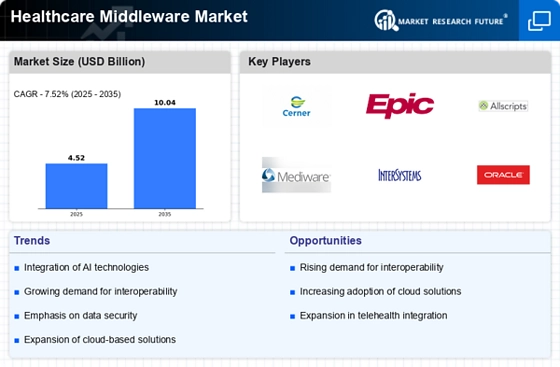
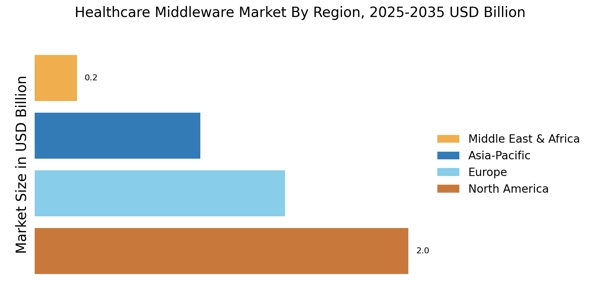

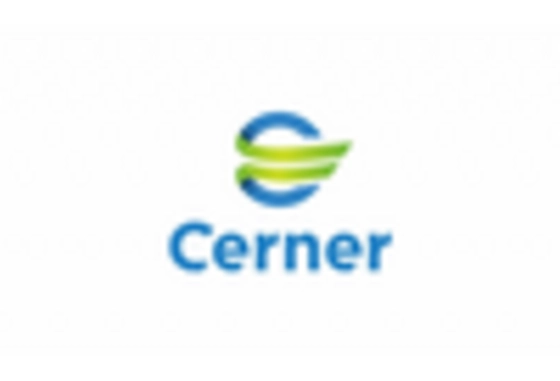
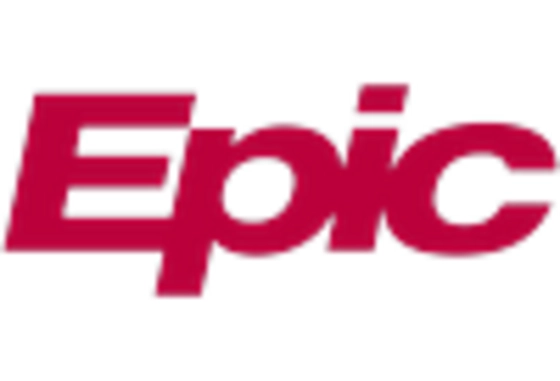
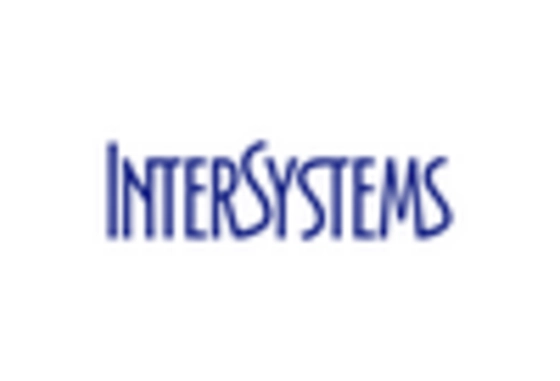
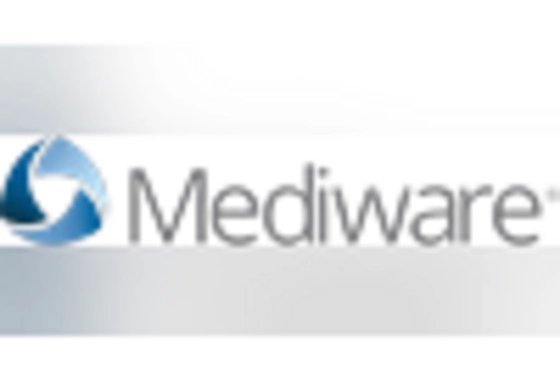
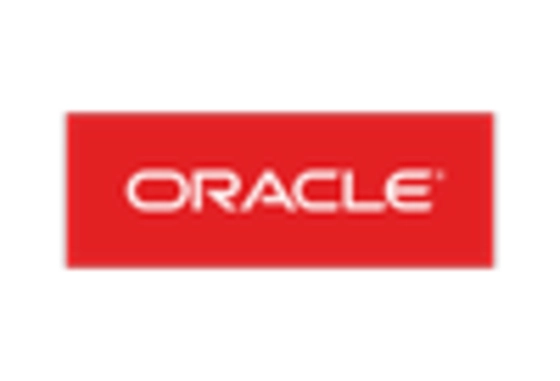








Leave a Comment